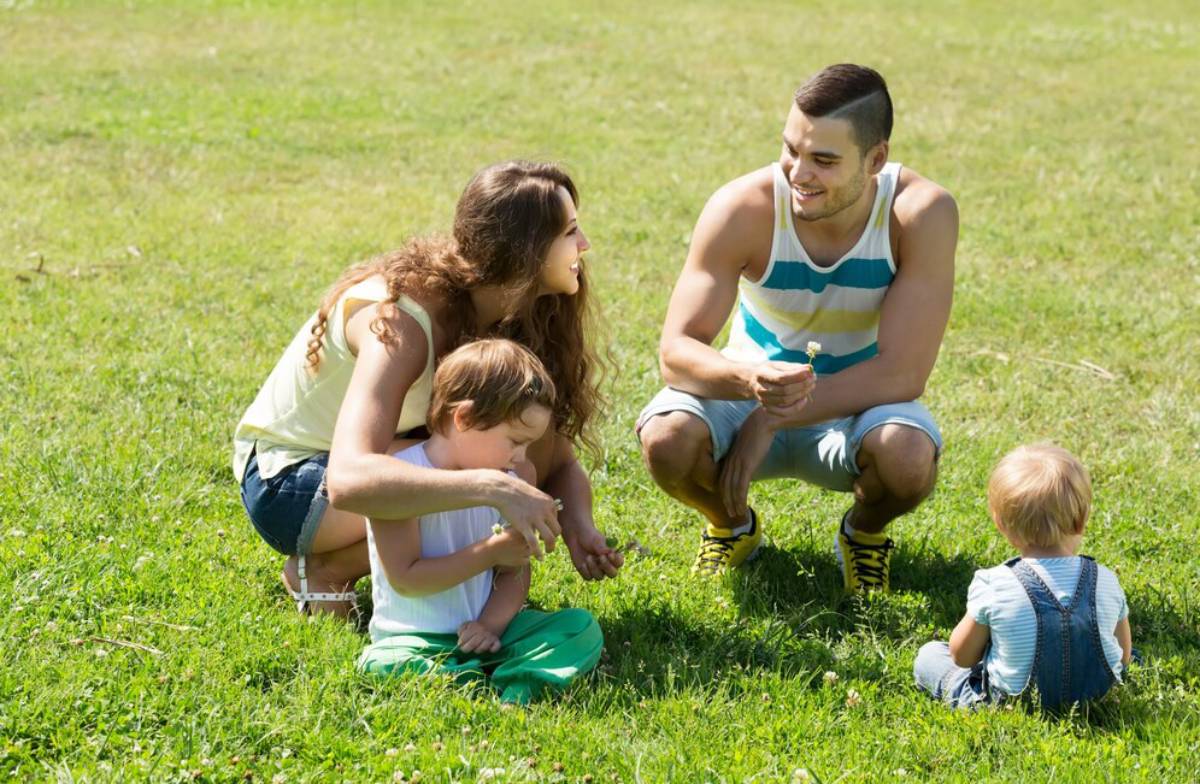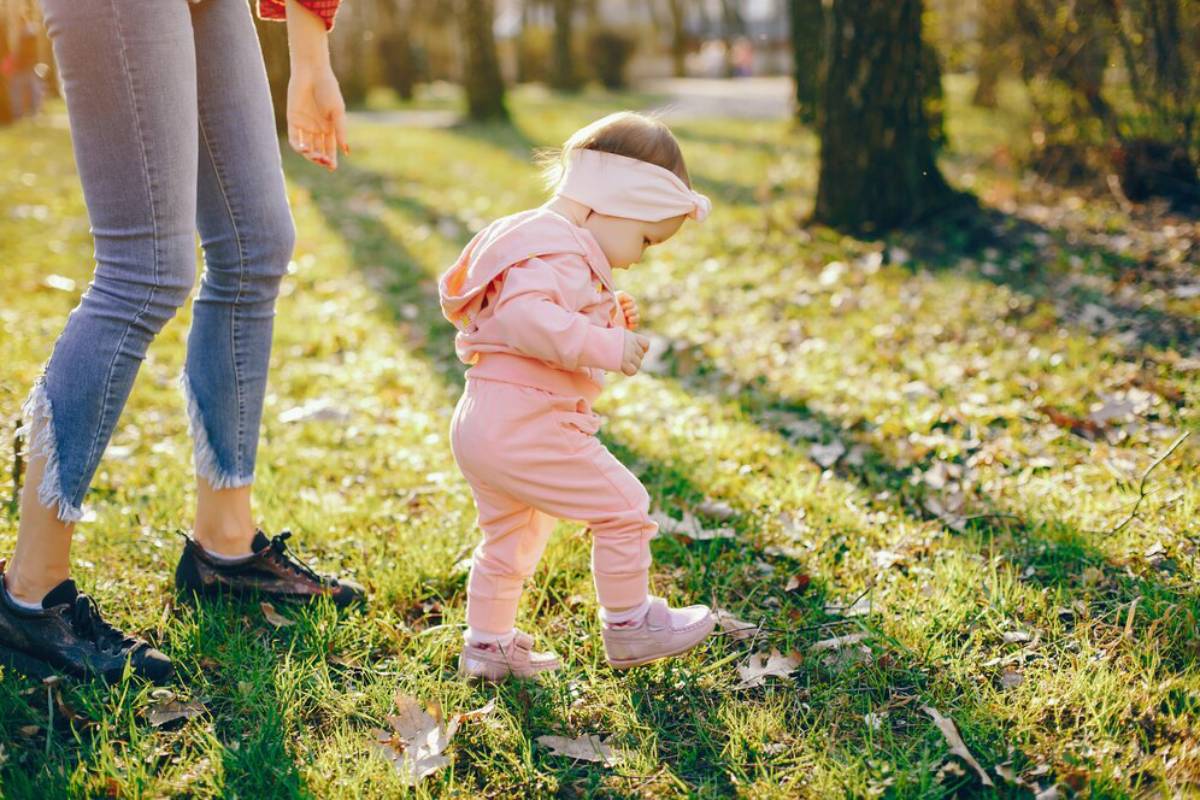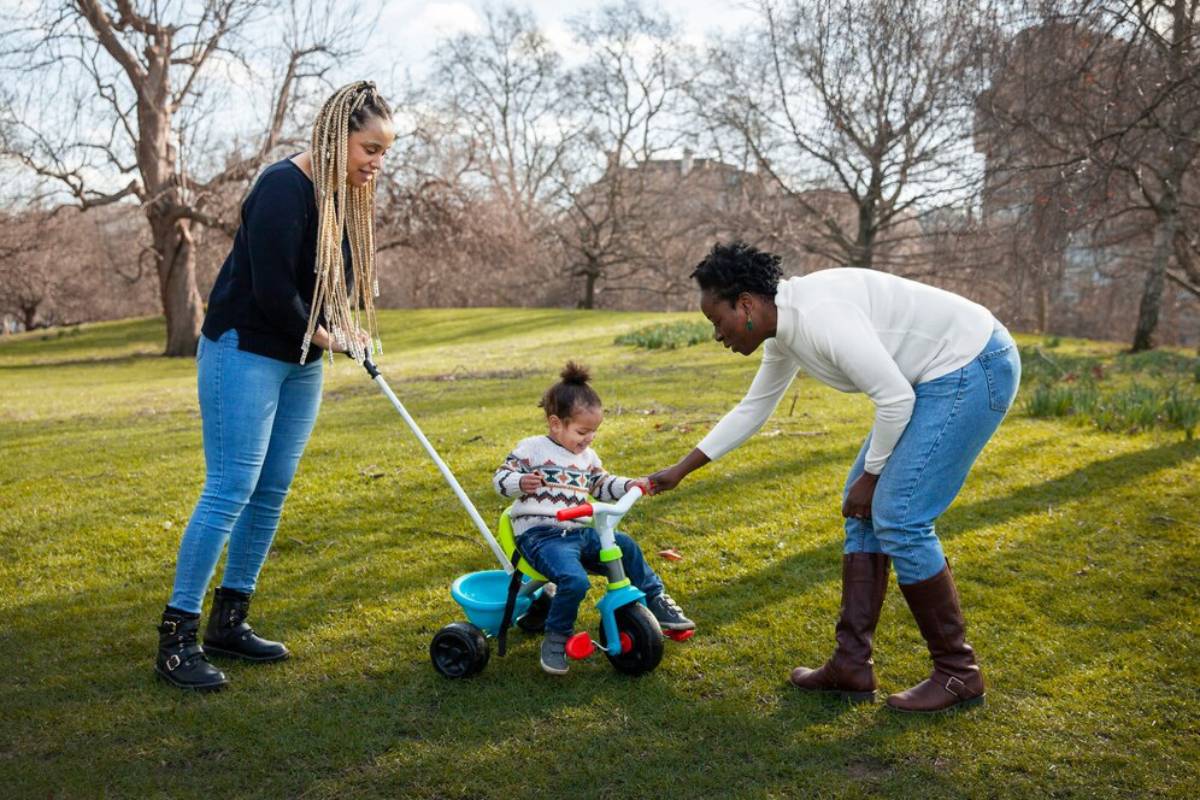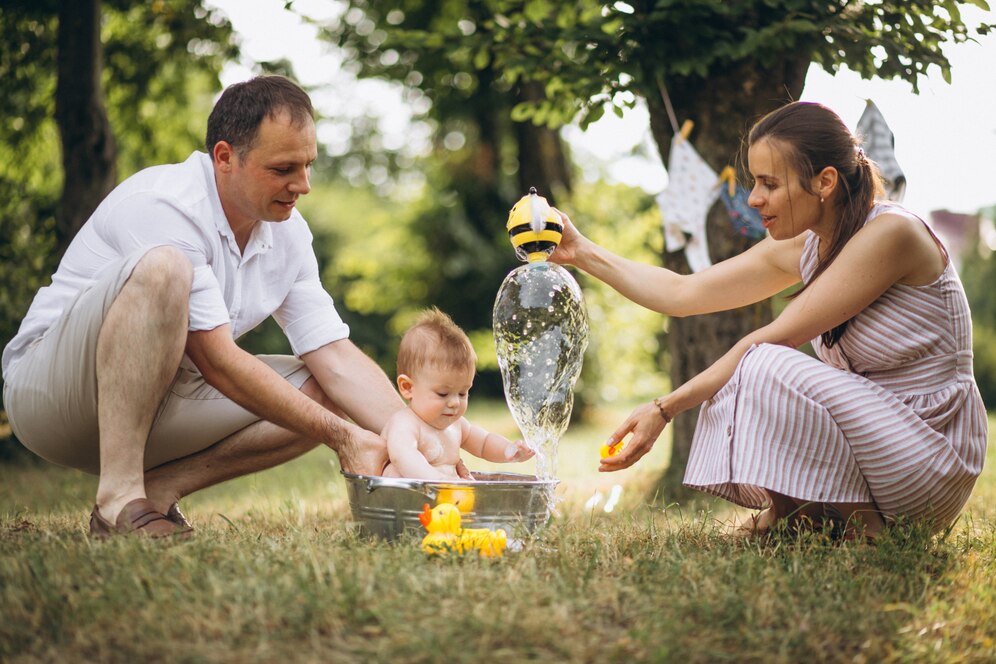
Safe Outdoor Activities for Infants and Toddlers: Ensuring Baby Outdoor Safety
As parents, caregivers, or guardians, the safety of our little ones is paramount. Outdoor play gives infants and toddlers many sensory experiences and developmental benefits. Indoor activities may be easier to manage, but the outdoors offers so much more. To keep babies safe outdoors, be aware of hazards and take steps to reduce risks.
This blog covers safe outdoor activities for infants and toddlers. It offers tips on keeping toddlers safe while they play. You’ll find fun games for babies and useful advice to help them explore outside confidently.
Key Benefits: Why Outdoor Play Matters for Infants and Toddlers

Outdoor play is not just a leisure activity; it is a vital component of a child’s early development. The benefits cover physical, cognitive, emotional, and social areas. They support healthy growth and learning.
Physical Health and Development
When kids play outside, they move freely. This helps them build muscles, improve balance, and develop coordination. For infants, lying on a picnic blanket and reaching for leaves or toys gives their small muscles a workout. Crawling on grass builds core muscles. Cruising on benches or walking on uneven ground improves gross motor skills.
Sunlight helps us make vitamin D, which is key for strong bones and a healthy immune system. It also helps regulate sleep. Daylight exposure syncs a child’s internal body clock.
As toddlers grow, outdoor activities like climbing, running, and kicking a ball are key. They help build physical confidence. These actions boost stamina, agility, and spatial awareness. They also use energy in a healthy, positive way.
Cognitive and Sensory Development
Nature provides many experiences that help a child’s thinking and senses grow. Unlike the controlled environment indoors, the outdoors presents dynamic sights, sounds, and textures. The rustling of leaves, chirping of birds, and shifting shadows all spark curiosity and encourage attention.
Infants may track the motion of birds or respond to a breeze across their skin. Toddlers love cause-and-effect play. They enjoy splashing in puddles and throwing pebbles into water. These experiences improve how we process sensory information. They also help with early problem-solving and scientific thinking.
Every time you’re outside, you can learn something new. You might compare flower colours, watch ants carry crumbs, or feel the rough bark and soft grass. These natural interactions bolster language development, critical thinking, and memory.
Social Skills and Emotional Well-being
The open space of the outdoors invites interaction and cooperation. Even young toddlers may not play together yet, but they still learn. They start to share space, watch others, and practice parallel play. These foundational interactions pave the way for more complex social behaviour later on.
Outdoor play also offers emotional benefits. The freedom to move and explore can reduce stress, improve mood, and increase overall happiness. Nature has calming effects. It promotes mental well-being and reduces anxiety in kids and adults.
Kids gain resilience and confidence by facing small outdoor challenges. Climbing a log or crossing a narrow path helps them see what they can achieve.

Additional Expert Tips & Common Mistakes to Avoid in Toddler Playtime Safety
While outdoor play has many benefits, safety must always be the top priority. Here are some expert tips for ensuring a secure and enjoyable outdoor experience for infants and toddlers.
Choosing the Right Environment
The environment you choose for outdoor play can make all the difference. Search for safe, tidy places like enclosed gardens, public parks with toddler areas, or outdoor playgroups. Grass, woodchips, and rubber mats protect better from falls than concrete.
Stay away from play areas near roads or big water bodies unless they are fenced. When you visit nature reserves or trails, stay on the marked paths. Avoid overgrown areas. They might have insects or hidden dangers.
Cleanliness is equally important. Check for litter, sharp objects, or animal waste before allowing your child to explore. In sandboxes or playgrounds, ensure that equipment is age-appropriate, well-anchored, and regularly sanitised.
Supervision is Key
Young children should never be left unattended outdoors. Infants and toddlers are curious. They may try to put things in their mouths, climb new structures, or wander off without knowing the dangers.
Supervision doesn’t mean hovering. It means being alert and involved. You should step in when necessary, but also let your child explore safely. Bond with your child. Describe what they see, share their joy, or play along.
A great way to help is “scaffolding.” This means guiding kids when they try new things. You offer support and then step back as they build confidence.
Appropriate Clothing and Gear
Dressing appropriately for outdoor play is key to both comfort and safety. In warm weather, opt for light, breathable fabrics and apply baby-safe sunscreen to exposed skin. Don’t forget a wide-brimmed hat and UV-protection sunglasses if needed.
During colder months, layering is essential. Ensure hands, feet, and heads are covered, and always check that your child stays warm and dry. Avoid bulky outerwear that may limit mobility during active play.
In every season, toddlers should wear closed-toe shoes with non-slip soles. Pre-walkers can use non-slip socks or play barefoot on safe surfaces.
Pack key items like insect repellent for kids, a small first-aid kit, and wipes for quick clean-ups.
Avoiding Common Hazards
Nature can be full of wonders, but also potential hazards. Learn about local poisonous plants and insects, like stinging nettles and bees. Teach older toddlers not to touch unknown plants, berries, or mushrooms.
When unsupervised, keep children away from water features like ponds or birdbaths. Water safety is paramount, as young children can drown in as little as a few inches of water.
Likewise, be mindful of temperature extremes. Play during cooler hours in summer, and avoid icy or slippery paths during winter. Check outdoor toys and playground equipment. Look for sharp edges, loose parts, or spots that are too hot from the sun.
Advanced Insights: Safe Outdoor Baby Games and Activities
Outdoor play can be a magical time for bonding, learning, and laughter, especially with precautions in place. Here are some fun and safe outdoor games and activities for babies and toddlers.
Nature Walks and Sensory Strolls
Take your baby or toddler for a gentle nature walk. Choose a safe place like a local park or botanical garden. Babies can ride in a pram while you point out birds, trees, and flowers. Toddlers may enjoy stopping to touch tree bark, collect fallen leaves, or watch insects crawl.
Add fun tasks to make it a “treasure hunt.” Ask participants to find something soft, round, or green. This fosters observation and vocabulary building.

Water Play
Water play is universally loved by children and can be adapted for any age. A splash mat, water table, or shallow tub with floating toys can offer endless joy.
For infants, gently trickling water over their hands and feet introduces temperature and texture. Toddlers may enjoy pouring from cups, squeezing sponges, or “washing” toy animals.
Always supervise water play closely. Even shallow water needs full attention. Children should never be left alone near any water source.
Sandbox Adventures
A well-maintained sandbox offers excellent opportunities for tactile exploration. Provide cups, scoops, and moulds for your toddler to dig and build.
You can hide small safe toys or natural objects like shells for a mini treasure dig. Keep the sandbox clean and covered when not in use. This helps stop contamination from animals or debris.
Obstacle Courses and Movement Games
Set up a mini obstacle course with safe household items. Use cushions, tunnels, and soft steps. You can stack cushions for hurdles. Lay out tunnels for crawling. Arrange soft steps for balance. Have fun and be creative! Encourage crawling under blankets, stepping over pool noodles, or balancing along a line of chalk.
This helps with physical growth and teaches basic problem-solving. It also introduces direction skills, like “go under,” “step over,” and “turn left.”
This is a great chance to play movement games. Try “Follow the Leader” or animal walks. Kids can hop like bunnies or crawl like bears.
Gardening Together
Toddlers love getting their hands dirty, making gardening a perfect outdoor activity. Give them a small trowel and let them dig in a designated patch. Teach them to plant seeds or water flowers with a child-sized watering can.
This activity fosters responsibility, patience, and appreciation for nature’s cycles. You can even introduce simple science concepts like growth, sunlight, and rain.
Gardening shows eco-friendly habits. You can compost scraps, recycle containers, or learn about bees and pollination.
Conclusion: Nurturing Outdoor Exploration Safely
Outdoor play is crucial for a child’s early development. It helps with physical growth and builds emotional strength. By keeping your baby safe outside and playing age-appropriate games, you help them explore, learn, and grow.
With a bit of planning and attentive supervision, the outdoors becomes a safe, inspiring playground full of discovery and joy. It’s not just about the activity. It’s about being there with your child. Share their wonder, guide their exploration, and celebrate their milestones.
So, what will your next outdoor adventure look like? Take a moment to see nature through your child’s eyes. Whether it’s a walk in the park, playing in the water, or planting seeds in the garden, enjoy the magic together.
We’d love to hear from you! What are some of your favourite safe outdoor activities to enjoy with your little one? Share your tips and experiences in the comments. Inspire other parents and carers to enjoy the outdoors with confidence.